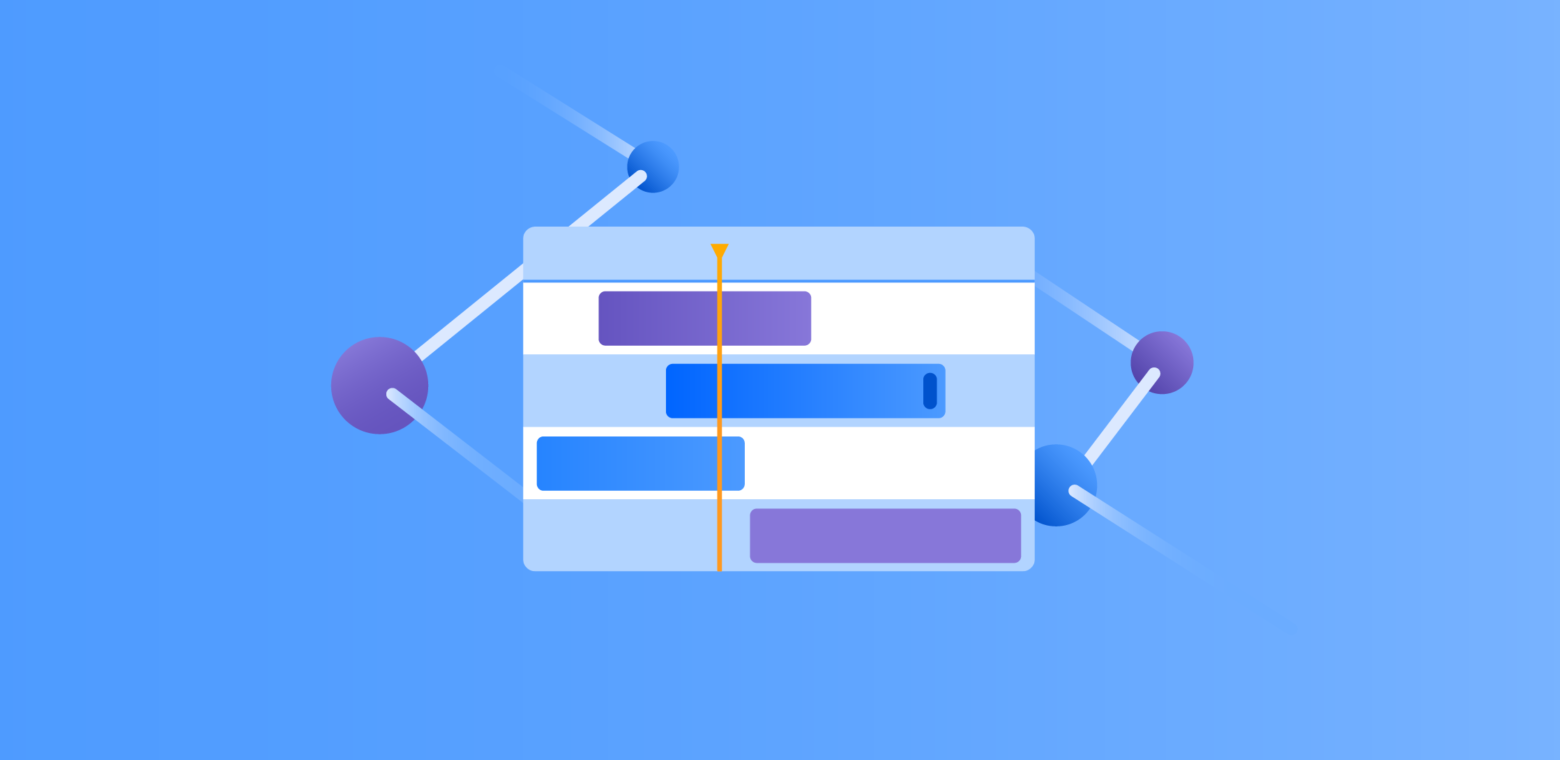Big updates to the big picture in Jira Software roadmaps
Learn how your team can leverage new features in Jira Software roadmaps to boost visibility of their work, plan with greater accuracy, and report progress with greater confidence.
As of May 30, 2023, the Roadmap view in Software projects is now called Timeline. While this feature has a shiny new name, it still offers all the same powerful capabilities, such as visualizing issues on a timeline, tracking sprints and releases, and mapping dependencies!
When project plans inevitably change, teams need to pivot quickly without losing sight of the big picture – and the key to keeping agile planning on track is visibility. Our customers wanted to see more on their roadmap in Jira Software – more levels of granularity and more details on deliverables, all within a single view to plan work with greater accuracy and report progress with greater confidence.
For kanban projects, teams needed the ability to visualize how epics break down into story-level issues over time. This supports a critical step in the agile planning process in which large, high-level chunks of work are divided into consumable and defined chunks. Doing so allows teams to address dependencies early on, provide more realistic estimates, and ultimately deliver value to their customers faster.
For projects with releases, teams needed the ability to visualize how their work is tracking towards release dates. Releases are another critical component of agile planning that represent the time variable for when work will be done. Teams must factor releases into their plans in order to prioritize the right work items and communicate more accurate estimates to stakeholders on the delivery of work.
Now, both capabilities are available in Jira Software roadmaps.
Story-level planning for kanban projects
To plan and track your kanban projects at a deeper level of detail, you can now schedule story-level issues beneath epics on the roadmap. Dependencies can also be mapped between stories to easily spot and respond to potential blockers. For speedy roadmap maintenance as plans change, dates for parent issues will automatically update when underlying child issues are moved on the timeline.
If your project has selected start date and due date fields that are visible for story-level issue types, the dates scheduled on the roadmap will also appear in the board and backlog. Treat these as time estimates for the purpose of prioritizing work and getting ahead of blockers. They can and should be updated as plans change.
Releases on the roadmap timeline
If your project has releases enabled, you’ll now be able to access important release details, such as status, dates, and progress, directly in the roadmap view. Integrate this feature with your team’s current planning method and interpret release dates on the roadmap accordingly, whether you practice time-boxed planning with set release dates, scope-boxed planning with dynamic release dates, or any other approach.
The “when” in agile planning
Together, story-level planning and releases on the timeline bring more context into the roadmap view – this paints a clearer picture for the team and their stakeholders of what work needs to be done, who can do it, and when it will be done. Agile planning is about responding to change rather than enforcing strict deadlines. So, it’s important to keep in mind that scheduling issue due dates is meant to help guide decisions and gauge the feasibility of a roadmap. This means that if a due date is moved up and you have less time to complete an issue, the amount of work and resources assigned must be adjusted to maintain a balanced and achievable plan – not to mention a happy team.
Agile plans aren’t set in stone and often include unknowns that don’t yet have specific dates, especially when it comes to long-term planning. To help teams plan high-level objectives over a long period of time, we’ll also be adding the ability to plan within timeframes, such as months or quarters, as an alternative to dates. In the meantime, we encourage you to leverage these new roadmap features in your agile planning practices.
check out these resources
If you have multiple teams contributing to a plan, check out Advanced Roadmaps and learn how its extended issue hierarchy, capacity planning, and dependency management capabilities can help keep teams aligned on shared goals and timelines.



